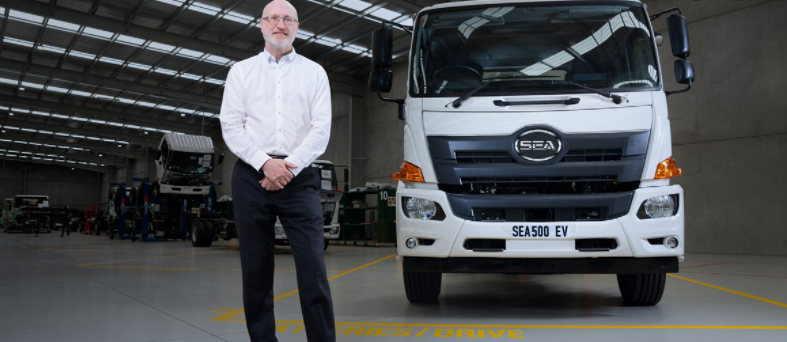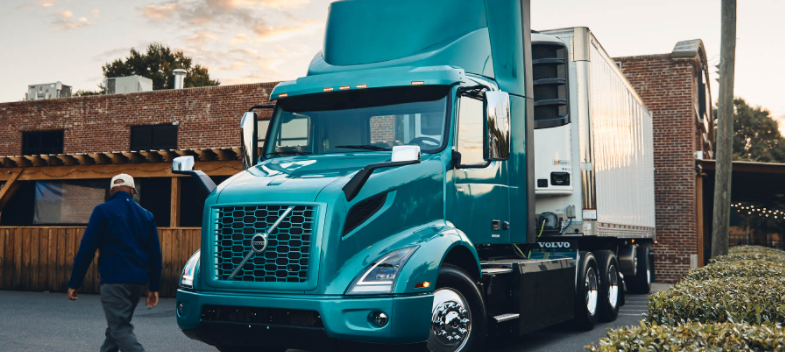Volvo’s Voorhoeve said industry reports suggest as production volumes increase, electric trucks could achieve cost parity with diesel by 2024-2025.
Electrification of medium- and heavy-duty commercial fleet vehicles are gaining traction; for example, FedEx is committing its entire global parcel pickup and the delivery fleet to zero-emission EVs by 2040. In addition, large entities are seeking electric alternatives for their fleets to keep woke customers happy.
Many companies plan to convert light, medium, and heavy-duty vehicle types to EVs, including delivery vans, commuter buses, transit buses, garbage trucks. This in turn will force local and state officials to look long and hard into its electric grid infrastructure plans and upgrades if the 2020 Infrastructure bill gets passed.
With many public commitments from major companies already factored into future planning by politicians, states are also signaling their interest in pushing for faster implementation of clean running medium- and heavy-duty electrification through policies such as California’s Advanced Clean Truck Regulation as well as multi-state collaborations like the fifteen jurisdiction Medium- and Heavy-Duty Zero Emission Vehicle Memorandum of Understanding.
Many industry experts believe that passenger EVs will reach cost parity with ICE vehicles when battery pack prices fall below $100/kWh, resulting in lower up-front purchase prices. Some experts in the industry believe price parity for BEVs with smaller battery packs has already been achieved, yet many still believe major price parity will happen around 2025.



